Web3 Project Intro: Easy Ways to Dip Your Toes Into the Decentralized World
Feeling Lost in the Web3 Hype? Start Simple. Seriously.
It’s 2025, and somehow everyone on social media is suddenly an expert in blockchain, yield farming, or “redefining value through tokenized communities.” Meanwhile, you’re still trying to figure out what are the proper way to Web3 project intro. Let’s be honest—Web3’s onboarding problem is real, and the barrier to entry? Still kinda ridiculous.
So here’s a refreshing take: if you want to explore Web3, ignore the noise and start with the basics. This Web3 project intro isn’t about moonshots or speculative plays. It’s about testing things for yourself, at your own pace, without getting scammed or overwhelmed.
Let’s dig into a few beginner-friendly Web3 projects that aren’t just doable—they’re actually worth your time.
1. Set Up a Crypto Wallet is a good Web3 Project Intro (Yes, This Is the First Test)
People like to act like this step is obvious—but it’s not. Setting up a wallet like MetaMask is the rite of passage. Without it, you’re locked out of the entire decentralized world.
And here’s the part they don’t emphasize enough: back up your seed phrase like your life depends on it. Because if you lose that phrase, your crypto is toast. There’s no password reset. No helpline. Just regret.
Still, once you’re set up? You’re in. You have the keys. That alone is a wild shift from traditional tech.

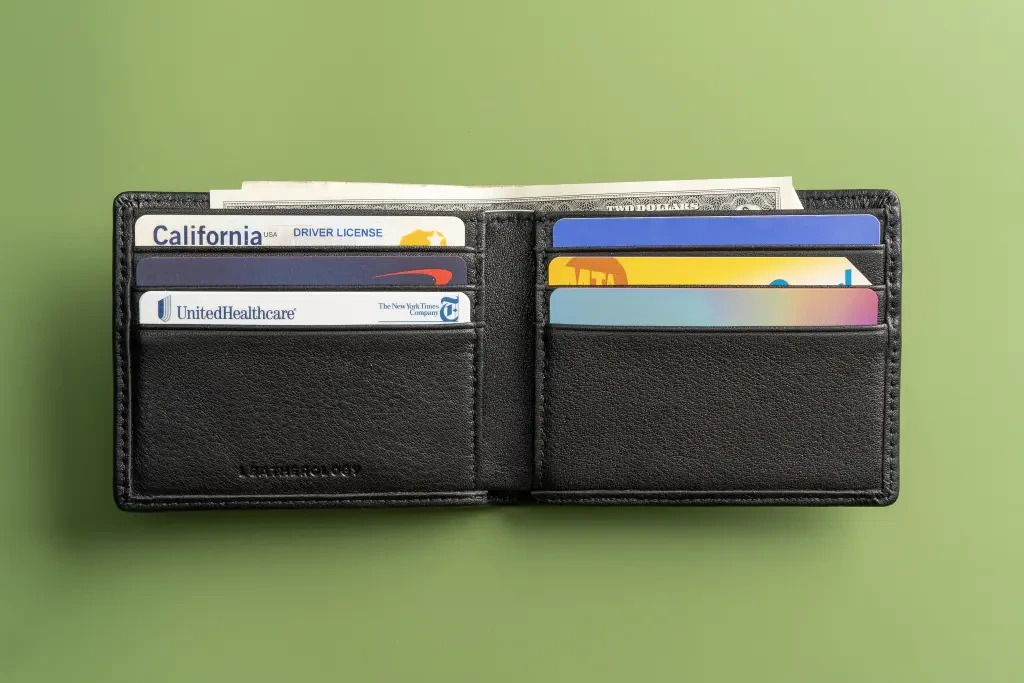
2. Join a DAO also a good Web3 Project Intro (It’s Messy, But You’ll Learn a Lot)
DAOs are often romanticized as the future of work. In reality? They’re messy, experimental, and sometimes hilariously uncoordinated. But they’re also one of the best ways to learn how decentralized governance actually works.
Try social DAOs like Friends with Benefits or Forefront. You don’t need to contribute right away—just observe. Lurk in their Discords, attend a few community calls, watch how decisions unfold. It’s fascinating. And at times, frustrating. But it’s also real-world experience you won’t get reading Medium posts.
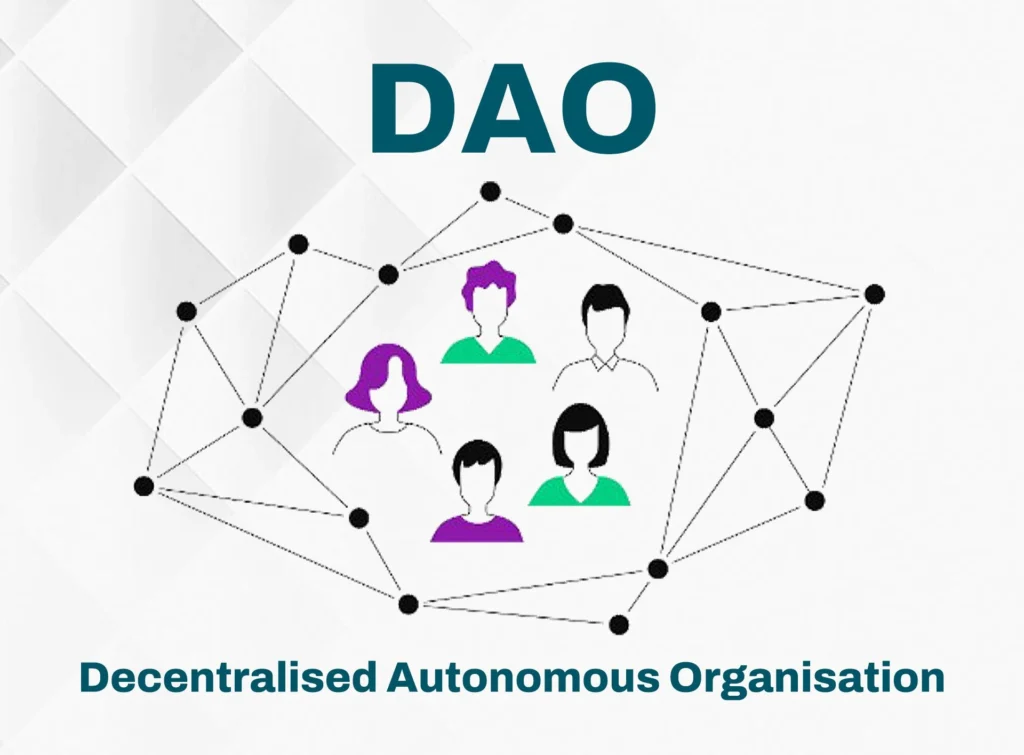

3. Mint an NFT (Even If It’s a Dumb Doodle)
You don’t need to be Beeple to mint an NFT. In fact, your first NFT might be… well, garbage. And that’s fine. The point isn’t to get rich—it’s to understand the mechanics. Platforms like Zora or Mirror let you mint for free or cheap, and the UI is often easier than you’d expect.
Honestly, publishing an idea on-chain is weirdly empowering. It’s part art, part tech ritual. Just don’t expect your random JPEG to go viral.
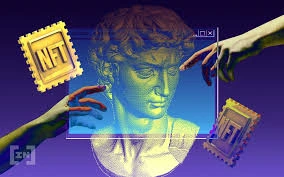
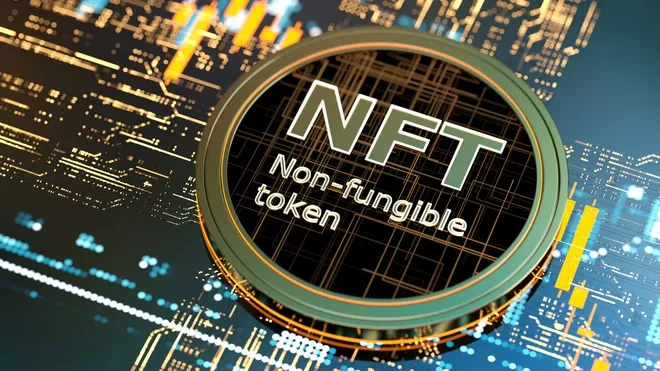
4. Try a Learn-to-Earn Platform (Yes, You Can Get Paid to Learn)
Let’s call this what it is: gamified onboarding. And it works. Tools like RabbitHole and Layer3 teach you real Web3 skills—swapping tokens, voting in DAOs, minting NFTs—and sometimes pay you in tokens for completing the tasks.
Is it life-changing money? No. But it’s more than you’ll get from reading a dense whitepaper and trying to decode crypto-Twitter.
5. Use a DEX—Cautiously (This Is Where Things Get Real)
Once you’re comfortable with wallets, dip into DeFi. Start with a small token swap on Uniswap or SushiSwap. Think $5 or less. And don’t skip reading up on what slippage is.
If you’re feeling brave, try staking. But beware: the DeFi jungle is filled with questionable projects promising 1000% APY. If it sounds too good to be true? It probably is. And your tokens could vanish into a smart contract black hole.
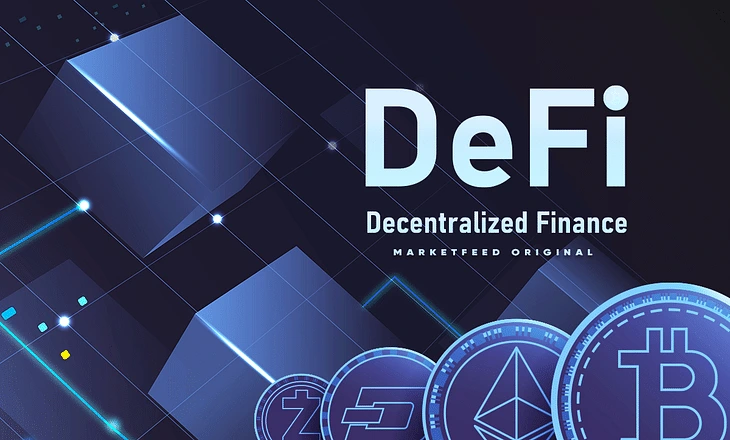
Why This Web3 Project Intro Isn’t Just Another Hype List
Here’s the blunt truth: Web3 has a serious marketing problem. It overpromises, underexplains, and often ignores the steep learning curve. But that doesn’t mean it’s not worth exploring.
This space is full of smart, idealistic builders trying to change how we connect, collaborate, and create online. But it’s also full of noise, scams, and poorly designed apps. Your job? Learn to tell the difference—and the only way to do that is by doing.
Start small. Make mistakes. Ask dumb questions. That’s how you go from outsider to participant.
Final Take: Don’t Buy the Hype—Test It
The best Web3 project intro doesn’t come from a YouTube guru or some newsletter promising “next-gen opportunities.” It comes from trying things out yourself.
Set up a wallet. Lurk in a DAO. Mint a thing, even if it’s weird. Try a tiny token swap. You’ll probably mess up once or twice. That’s okay. The chaos is part of the education.
Because at the end of the day, Web3 isn’t about “making it.” It’s about understanding what’s being built—and deciding whether it’s a world you want to help shape.
Relevant Link : Here




